The Hanok (더 한옥)
1.8Km 78 2021-03-24
75, Gyedong-gil, Jongno-gu, Seoul
+82-2-743-7470
You can enjoy coffee in a hanok (Korean house). This restaurant's signature menu is coffee. This cafe is located in Jongno-gu, Seoul.
Le Parc Tapgol (서울 탑골공원)
1.8Km 9416 2021-08-05
99, Jong-ro, Jongno-gu, Seoul-si
+82-2-731-0534
Aussi connu sous le nom de Parc de la Pagode, le Parc Tapgol, situé sur le site de l'ancien Temple Weongaksa de la Période Joseon, est le premier parc moderne à avoir été construit à Séoul. Le temple fut appelé Heungboksa sous la Dynastie Goryeo mais fut renommé durant les premières années de Joseon. Cependant, il fut détruit pendant le règne de Yeonsangun et Jungjong en raison d’une politique de repression envers le Bouddhisme. Par la suite, un parc de style occidental fut construit sur proposition de l’anglais John Mcleavy Brown, mais aucune information concernant la date et la raison n’a pu être trouvée. Le parc contient plusieurs trésors nationaux : Wongaksaji Sipcheungseoktap, Weongaksabi, et Palgakjeong où la déclaration d’indépendance fut lue, la plaque en relief du mouvement d’indépendance, ainsi que la statue de Son Byeong-hee. Le parc est d’une grande valeur historique et d’esprit national puisqu’il fut le point de départ de la Manifestation pour l’Indépendance, le 1er mars 1919.
Seonggyeong Mndu Yori Jeonmunjeom - Jongno Branch(성경만두요리전문점 종로)
1.8Km 193 2021-04-14
88, Supyo-ro, Jongno-gu, Seoul
+82-2-2273-9233
White jeongol (Korean-style hot pot) is soup cooked with dumplings and vegetables. The best menu at this restaurant is dumpling hot pot. This is a Korean cuisine located in Cheonggyecheon Stream, Seoul.
Village Hanok de Bukchon (북촌한옥마을)
1.8Km 26294 2024-05-17
37, Gyedong-gil, Jongno-gu, Seoul
+82-2-2148-4161
Le Village Hanok de Bukchon était autrefois un village où résidaient les aristocrates au cours de la dynastie Joseon. Certaines des maisons aux toits de tuiles appelées giwas ont été préservées jusqu'à nos jours.
Situé entre le palais Gyeongbokgung, le palais Changdeokgung et le sanctuaire Jongmyo, le Village Hanok de Bukchon est vieux de 600 ans. Ce village préservé se tient entre deux grands palais, dans un quartier historiquement important.
C'est aujourd'hui un bon endroit pour se faire une idée de la vie à l'époque de la dynastie Joseon, où se trouvent un centre culturel et des restaurants aménagés dans des maisons traditionnelles.
Les quartiers Wonseo-dong, Jae-dong, Gahoe-dong et Insa-dong se trouvent tous au nord de la rivière Cheonggyecheon et de Jongno, ils forment donc Bukchon, qui signifie 'village du nord', un endroit qui abritait la résidence de la famille royale et les hauts dignitaires de la cour.
Bukchonmaru hanok guesthouse [Korea Quality] / 북촌마루한옥게스트하우스 [한국관광 품질인증]
1.8Km 17946 2020-09-10
152, Changdeokgung-gil, Jongno-gu, Seoul
+82-10-3253-8751
Bukchonmaru Hanok Guesthouse is located between “Bukchon Views 2 and 3” on a hill in Bukchon Village in Seoul. This two-storied hanbok building with a terrace, which is rarely found among other hanok structures in the area, offers a splendid view of Seoul. In particular, the summit of a hill next to the main gate of Choong Ang High School where the guesthouse is situated is known as the filming location for the famous Korean TV series Winter Sonata (2002). When you open the main gate and go up to the first floor, a small yard is seen with a group of jars on one side. After entering the sliding door through the yard, there is daecheong maru (main floored room) that features the doors opening in all directions and a high ceiling with rafters, making the space open and cozy. The hanok building consists of two floors – the ground floor is equipped with special furniture, a jar table and a log chair made by the owner, and on the first floor are guestrooms comprised of one large room and two small rooms. The neat and clean rooms are designed in a simple way and have lovely bedding with the pattern of five cardinal colors. Its staff members can speak English and Chinese to communicate with guests from other countries. Every morning, guests engage in animated conversation while enjoying a Korean home-style breakfast prepared by the owner in a friendly atmosphere. After having breakfast, if guests want, they can try on traditional Korean clothes (hanbok) and take photographs inside and around the guesthouse to create interesting memories. The guesthouse also provides a hanbok rental service (KRW 30,000 for a day) and tourists wearing traditional Korean clothes can enter both Changdeokgung Palace and Gyeongbokgung Palace, which can be reached on foot within 10 to 15 minutes, free of charge. Moreover, guests can enjoy an open view of the area including Gahoe-dong, Gye-dong and even the lights of the Namsan Seoul Tower at night from the roof top.
Jongno Yugane Yukoebindaetteok(종로유가네육회빈대떡)
1.8Km 165 2021-04-10
86, Supyo-ro, Jongno-gu, Seoul
+82-2-2266-0999
A restaurant with over 30 years’ tradition. This Korean dishes restaurant is located in Jongno-gu, Seoul. The most famous menu is sliced raw beef.
Inwoohouse [Korea Quality] / 인우하우스 [한국관광 품질인증]
1.8Km 34542 2023-04-13
9, Gyedong 6-gil, Jongno-gu, Seoul
02-742-1115
Run by a couple hailing from Bukchon, Inwoo House is located in an alleyway in Gye-dong, Jongno-gu, which is part of Bukchon that is well-known for old hanok houses. Inwoo House, meaning 'the house of Inwoo,' is inhabited by the owner couple and eight-year-old son Inwoo and his younger brother Yeonwoo. The couple, who have always lived in Bukchon, moved to Inwoo House in 2010; their parents run another guesthouse -- Yeonwoo House -- in Gahoe-dong, which isn’t far from Inwoo House. These two hanok guesthouses seek to provide guests with an opportunity to experience the true aspect of traditional Korean house amid the natural environment. Inwoo House, which has the typical style of hanok in the area, features a cozy yard, a toenmaru (narrow wooden porch running along the outside of the building), and several charming decorative items. It has three rooms – Tokki-bang and Haejanggeum-bang situated in Sarangchae (a detached building) and Nori-bang, which is a communal space. Due to its quiet location, guests can enjoy relaxation with a serene atmosphere in their rooms, which are decorated with calligraphic works and furniture inlaid with mother-of-pearl in a simple way. Each room is equipped with a bathroom. The guesthouse offers breakfast such as toast or tteokguk (rice cake soup). Inwoo House is an ideal place to stay for guests with children as the owner couple have children with whom children can play in the alley, yard, or toenmaru with an interesting hanok environment. The guesthouse also provides various traditional activities including traditional Korean clothes experience, traditional Hanji (Korean paper) craft experience, traditional knot bracelet making, and fan decorating, which are popular among foreign tourists and children. It is adjacent to restaurants, coffee shops, convenience store, and other tourist attractions including Gyeongbokgung Palace, Changdeokgung Palace, Insa-dong, and Samcheong-dong.
Centre culturel de Bukchon (북촌문화센터)
1.8Km 1961 2020-07-13
37, Gyedong-gil, Jongno-gu, Seoul-si
+82-2-2133-1371
Le village de maisons traditionnelles de Bukchon est le centre de la culture Bukchon qui est un site résidentiel traditionnel de 600 ans d’histoire de Séoul situé entre les Palais Gyeongbokgung et de Changdeong et JeongMo (tombeau héréditaire de la famille royale).
Les maisons traditionnelles qui se situent entre les deux palais temoignent bien du paysage traditionnel de Séoul. Pourtant, à l’heure actuelle, elles sont transformées en salles d’expérimentation de la culture coréenne ou en restaurants traditionnels etc.
Le centre de la Culture de Bukchon est une résidence traditionnelle composée d’Anche (bâtiment principal de la maison coréenne), d’ Heanglangche (corps de bâtiment rattaché à la grande porte), de Beolche (bâtiment annexe) dans laquelle la tradition coréenne s’épanouit et par ailleurs les programmes de la culture du matin calme sont préparés pour apprendre son histoire et sa tradition.
Plusieurs programmes sont organisés par des experts de chaque domaine et ils durent en moyenne de 3 à 6 mois.
Vous pouvez obtenir des informations précises par téléphone et ensuite choisir un programme. Par ailleurs, un individu peut s’y inscrire. Pourtant, les programmes se déroulent en coréen donc il serait mieux y venir avec un guide ou un interprète.
Sinheung Yukga (신흥육가)
1.8Km 174 2021-03-19
15, Samil-daero 20-gil, Jongno-gu, Seoul
+82-2-2273-1123
A barbecue specialty restaurant located in Jongno, Seoul. The most famous menu is grilled pork belly. Try the iberian secret (or secreto ibérico).
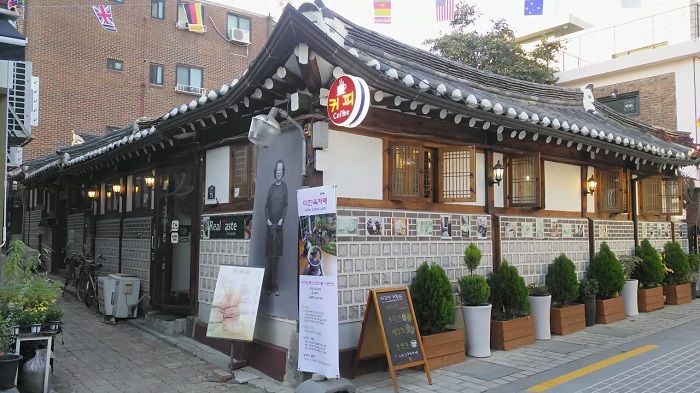
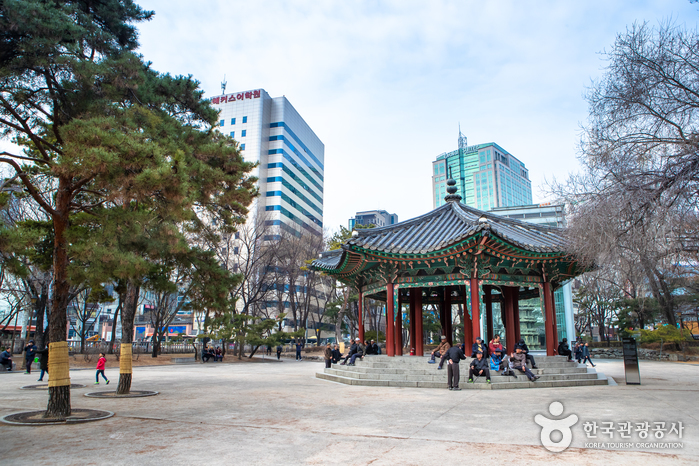
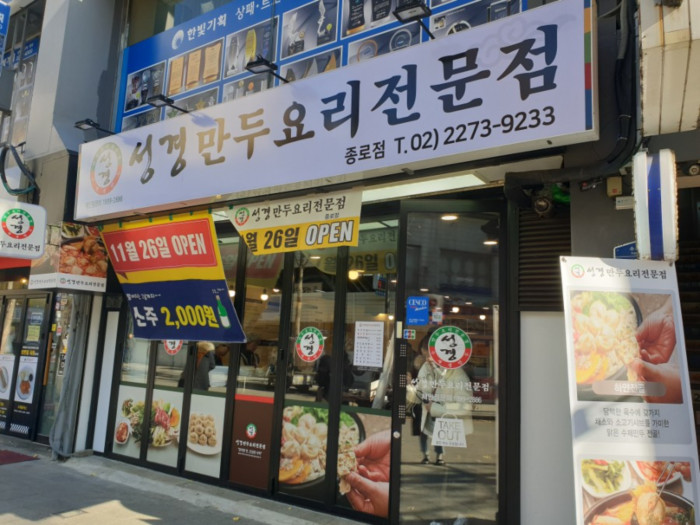
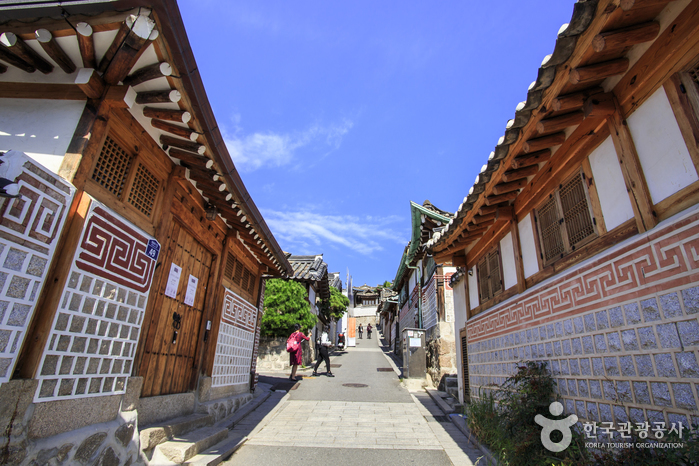
![Bukchonmaru hanok guesthouse [Korea Quality] / 북촌마루한옥게스트하우스 [한국관광 품질인증]](http://tong.visitkorea.or.kr/cms/resource/32/2574032_image2_1.jpg)
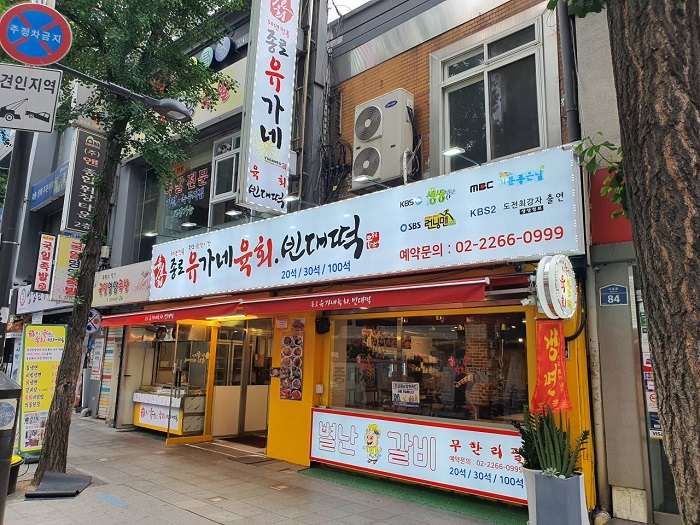
![Inwoohouse [Korea Quality] / 인우하우스 [한국관광 품질인증]](http://tong.visitkorea.or.kr/cms/resource/64/2633664_image2_1.jpg)
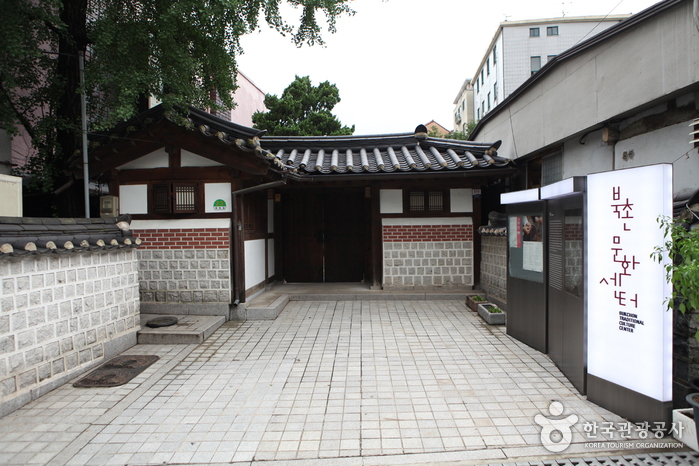
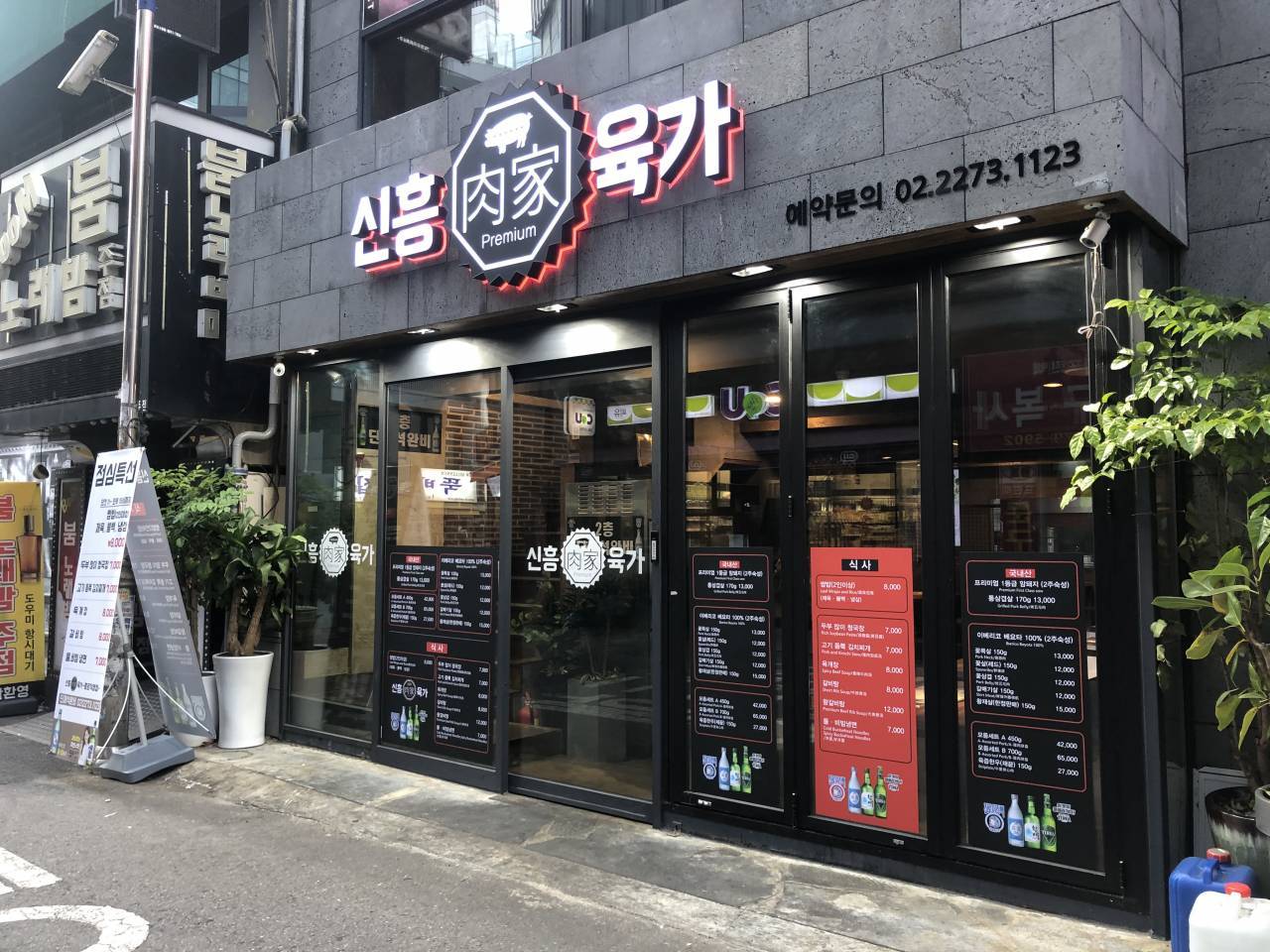
 Français
Français
 한국어
한국어 English
English 日本語
日本語 中文(简体)
中文(简体) Deutsch
Deutsch Español
Español Русский
Русский